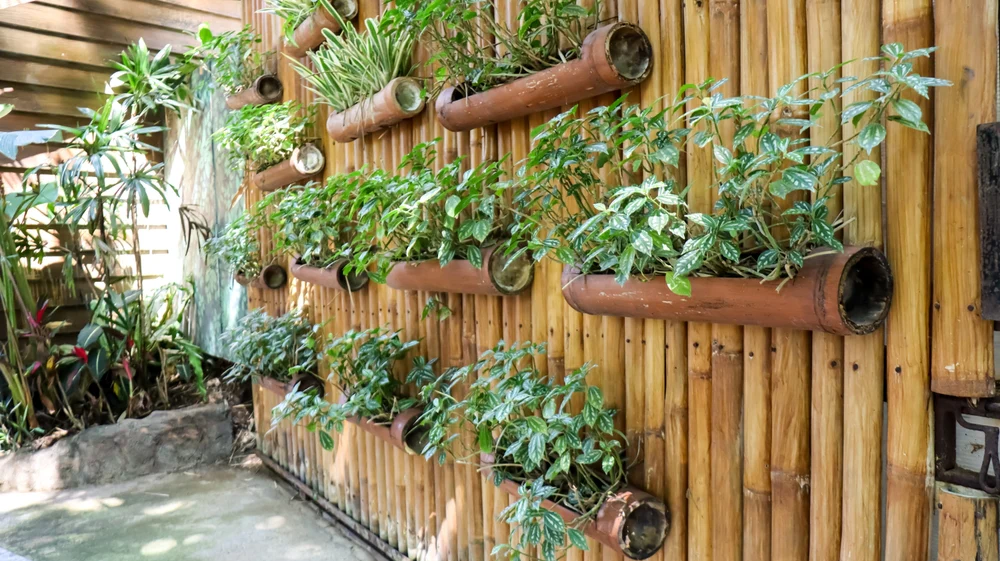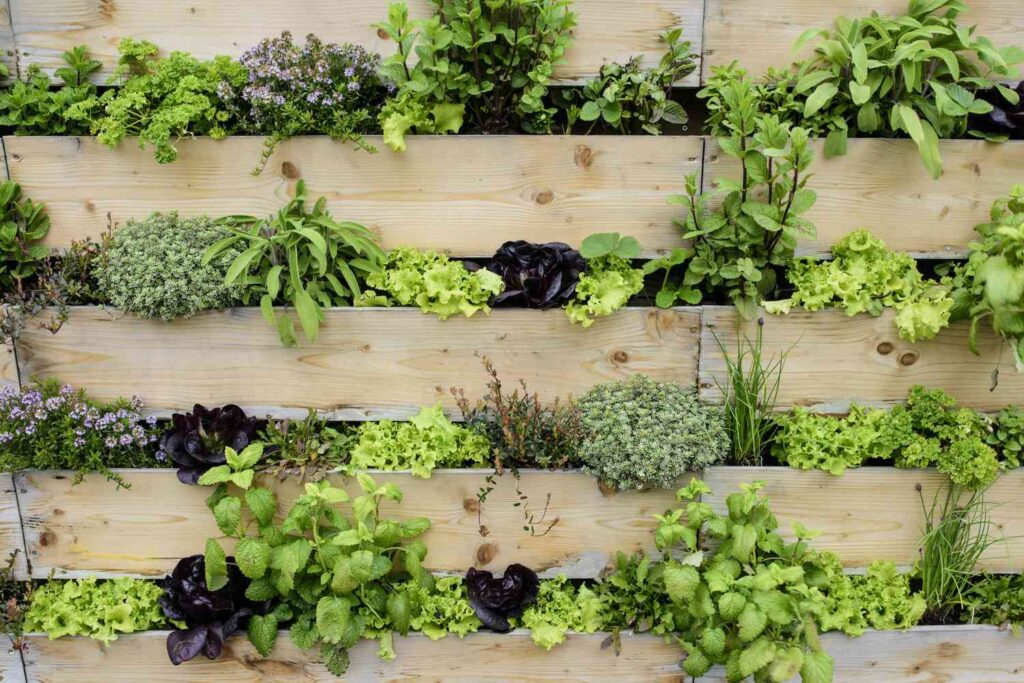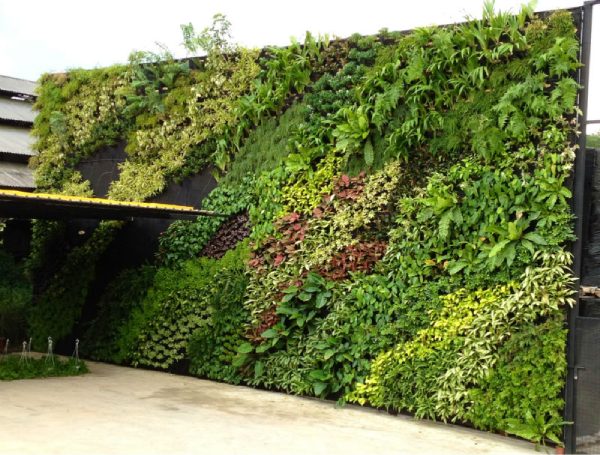Vertical Gardens: Green Solutions for Small Spaces

Vertical Gardens: Green Solutions for Small Spaces
For many urban dwellers, the dream of having a lush, thriving garden often collides with the reality of limited square footage. Apartments, balconies, and compact homes don’t always leave much room for traditional gardening. Yet, that doesn’t mean you need to give up on greenery. Enter the vertical garden—a creative, space-saving solution that brings nature upward instead of outward.
Vertical gardens are more than just practical; they are visually stunning, sustainable, and versatile. Whether you want to grow herbs for your kitchen, fill your balcony with flowers, or bring a touch of greenery indoors, vertical gardening makes it possible, no matter how small the space.
What Is a Vertical Garden?
A vertical garden, also known as a living wall or green wall, is a structure where plants are grown upward on panels, shelves, or hanging systems instead of spreading across the ground. They can range from simple DIY projects, like hanging pots on a wall, to large-scale architectural installations covering entire building facades.

Why Vertical Gardens Are Ideal for Small Spaces
1. Maximizing Space
By growing plants vertically, you make use of underutilized walls, fences, or even windows. This opens up floor space while still allowing for a lush collection of greenery.
2. Improving Air Quality
Plants are natural air filters. A vertical garden filled with ferns, ivy, or herbs can help absorb toxins and release oxygen, refreshing your indoor or outdoor environment.
3. Adding Beauty and Character
A wall of greenery can transform a dull balcony, blank wall, or indoor corner into a vibrant focal point. It adds texture, color, and a sense of calm to small living areas.
4. Practical Gardening
Growing herbs or vegetables in vertical planters makes them easy to harvest and maintain, even in tight spaces. Imagine plucking fresh basil or mint from your wall while cooking dinner.
5. Sustainability
Vertical gardens encourage sustainable living by promoting homegrown produce, reducing reliance on store-bought vegetables, and creating green pockets in urban environments.
Best Plants for Vertical Gardens
Choosing the right plants is crucial for success:
- Herbs: Basil, mint, rosemary, parsley, and thyme thrive in small containers and are perfect for kitchen walls.
- Flowers: Petunias, begonias, and pansies add pops of color and fragrance.
- Vines: Ivy and pothos work well for cascading greenery.
- Succulents: Low-maintenance and drought-tolerant, succulents are ideal for vertical displays.
- Vegetables: Cherry tomatoes, lettuce, and spinach can be grown in wall-mounted planters for fresh harvests.
Creative Ideas for Vertical Gardens
Hanging Pots
Use sturdy hooks or racks to hang pots on walls, fences, or balcony railings. This is a simple, budget-friendly way to start small.
Pallet Gardens
Repurpose wooden pallets into vertical plant holders by attaching pots or filling the slats with soil and seedlings.
Pocket Planters
Fabric or felt pocket panels are widely available and perfect for herbs, flowers, or small decorative plants.
Ladder Shelves
Leaning a ladder against a wall and filling each step with planters creates a rustic and stylish vertical garden.
Indoor Living Walls
Install a panel system inside your home for a green feature wall. These can serve as natural décor and even improve indoor acoustics.
Care and Maintenance Tips
- Watering: Vertical gardens may dry out faster than ground-level beds. Consider using drip irrigation or self-watering systems.
- Lighting: Ensure your plants get enough light—natural sunlight for outdoor gardens and grow lights for indoor ones.
- Soil and Fertilizer: Use lightweight, nutrient-rich soil to prevent excess weight and support healthy growth.
- Pruning: Regularly trim plants to keep them manageable and encourage new growth.
- Rotation: Rotate plants seasonally to keep your vertical garden looking fresh year-round.

Conclusion
Vertical gardens are proof that you don’t need sprawling yards or large patios to enjoy the benefits of greenery. They are functional, beautiful, and eco-friendly solutions for anyone with limited space. Whether you’re an apartment dweller craving a kitchen herb wall, a city homeowner looking to green up a balcony, or someone who wants to bring nature indoors, vertical gardening offers endless possibilities.
By thinking upward instead of outward, you can turn even the smallest spaces into lush, thriving sanctuaries. After all, gardens don’t just grow on the ground—they can flourish on your walls, too.









